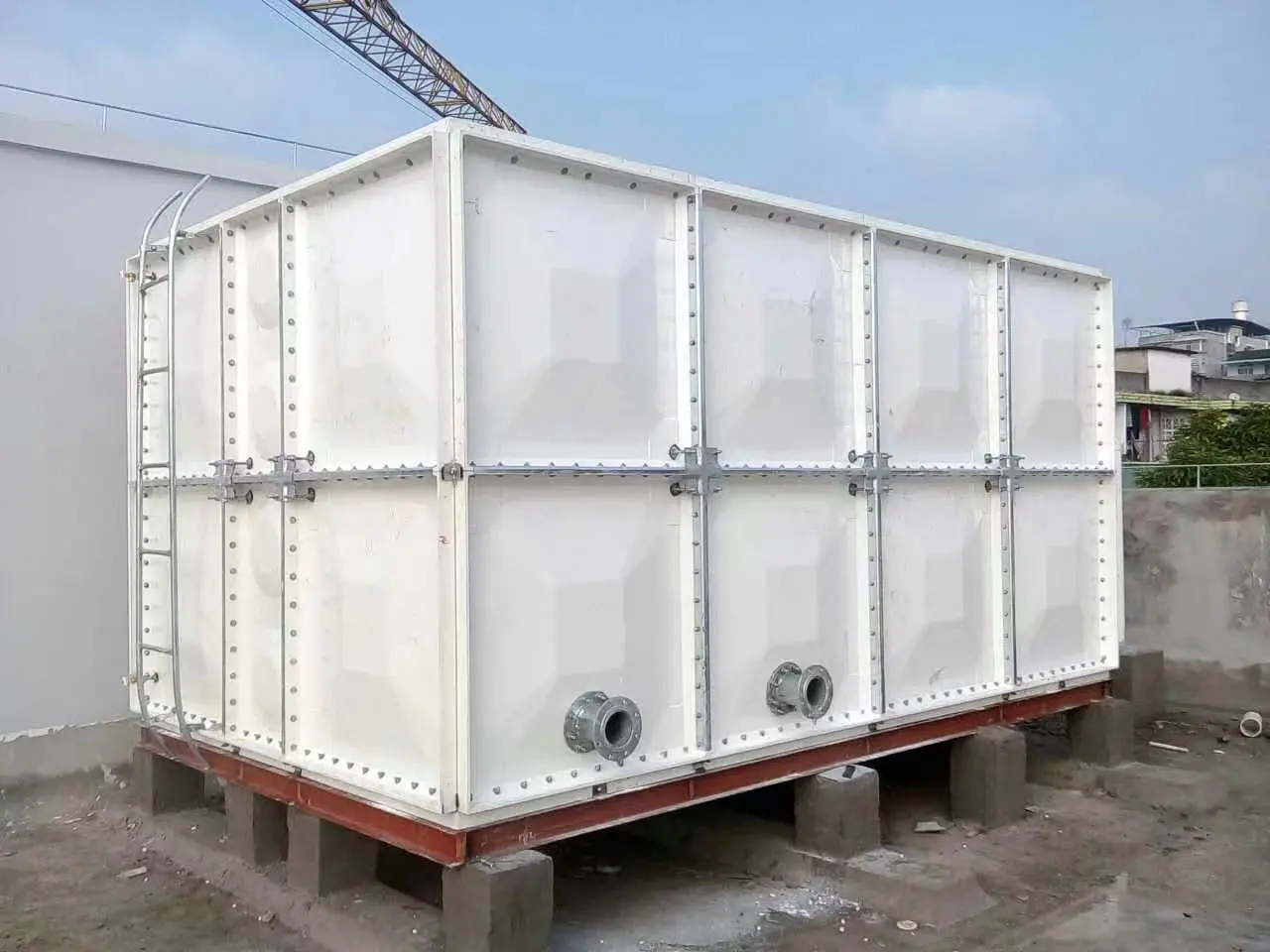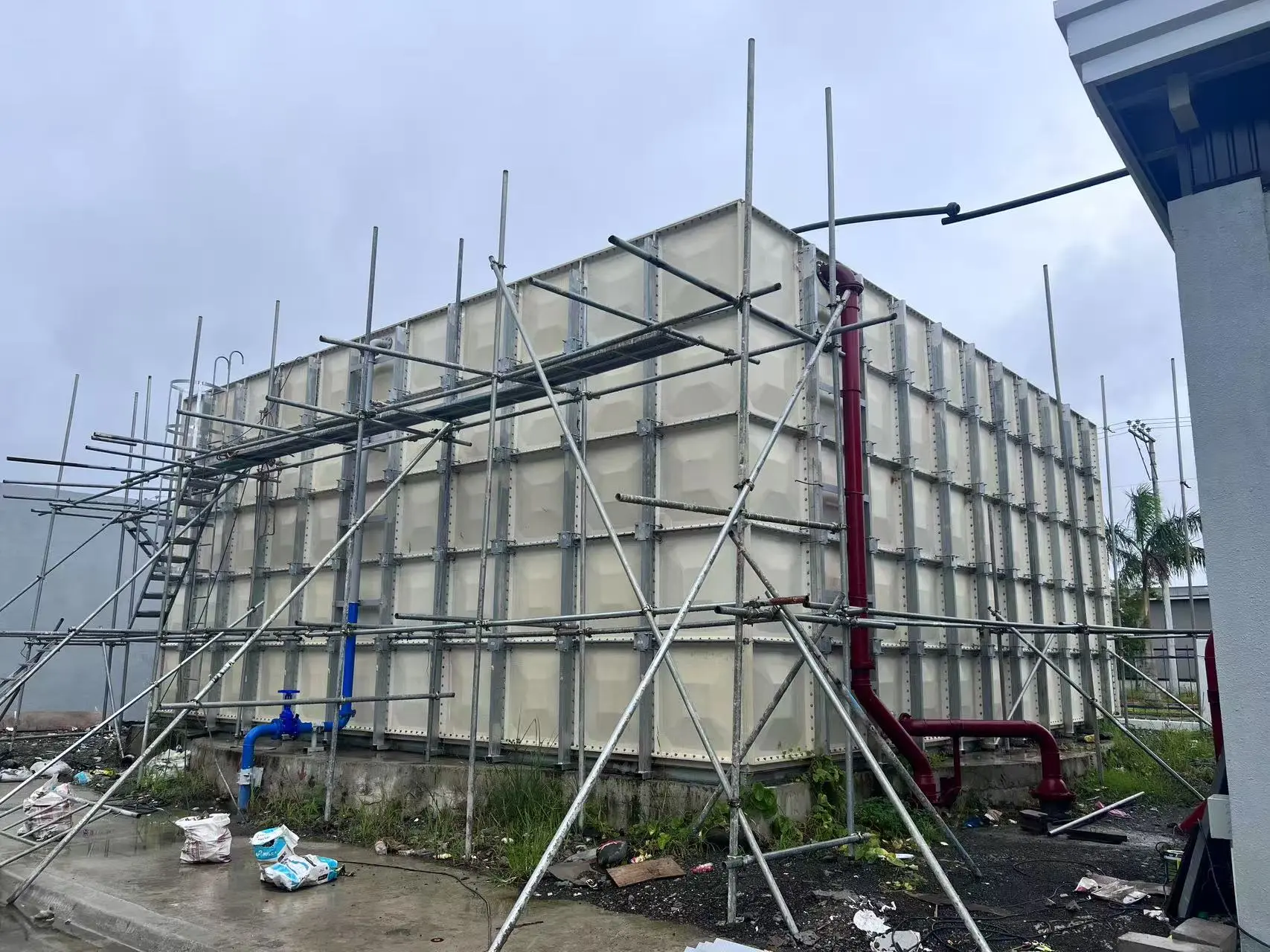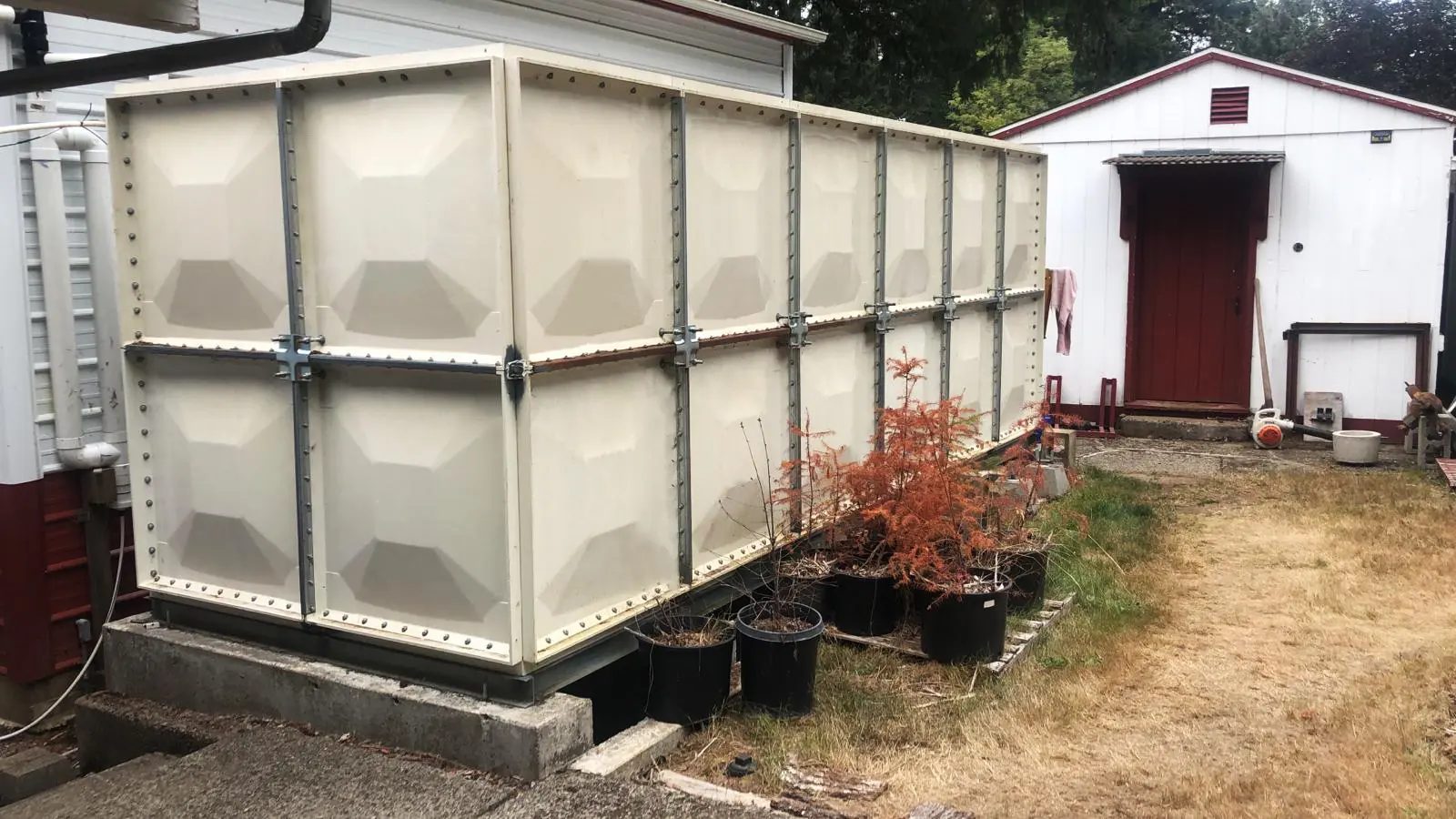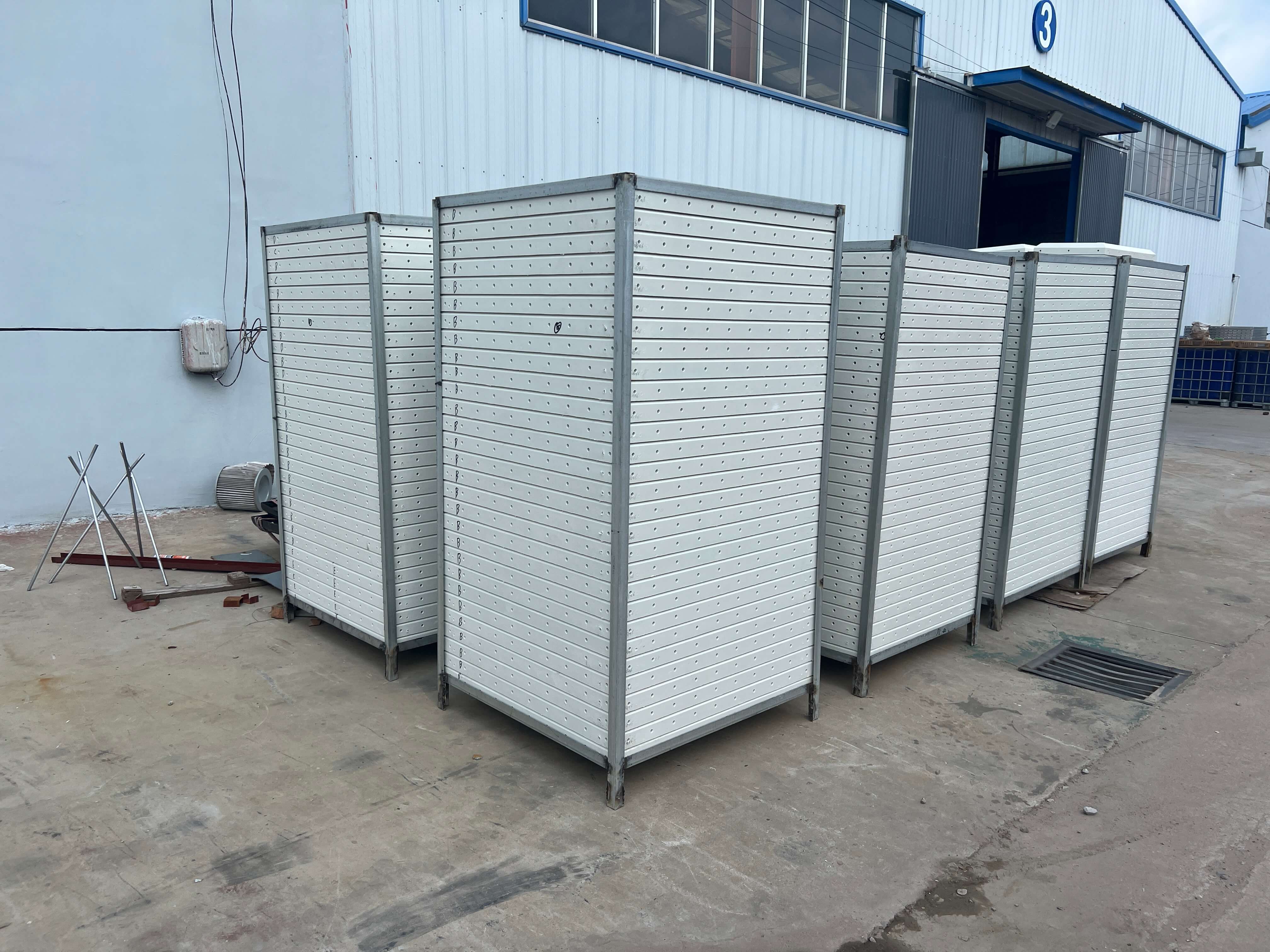How Does GRP Tank Installation Work On-Site? A Practical Guide for Uganda’s Industrial Water Systems
Why Understanding GRP Tank Installation Matters in Uganda
For Uganda’s industries—whether you’re a pump distributor, firefighting contractor, agricultural irrigation company, municipal water authority, water purifier dealer, or pipe supplier—knowing how GRP (Glass Reinforced Plastic) Water Tanks are installed on-site can make a huge difference.
Proper installation not only ensures your tank performs well over decades but also reduces downtime, maintenance costs, and compliance risks. Given Uganda’s challenging terrain, variable infrastructure quality, and tropical climate, a smooth GRP tank installation process is essential for success.
What Is a GRP Water Tank and Why It’s Popular in Uganda
Before we dive into installation, here’s a quick refresher:
-
GRP tanks are modular tanks made of fiberglass-reinforced plastic panels.
-
They’re lightweight, corrosion-resistant, and easy to assemble on-site—perfect for Uganda’s humid conditions and infrastructure needs.
Common uses include:
-
Water Storage in municipal and industrial projects
-
Fire protection reserves
-
Agricultural irrigation systems
-
Rainwater harvesting
-
Treated water buffering
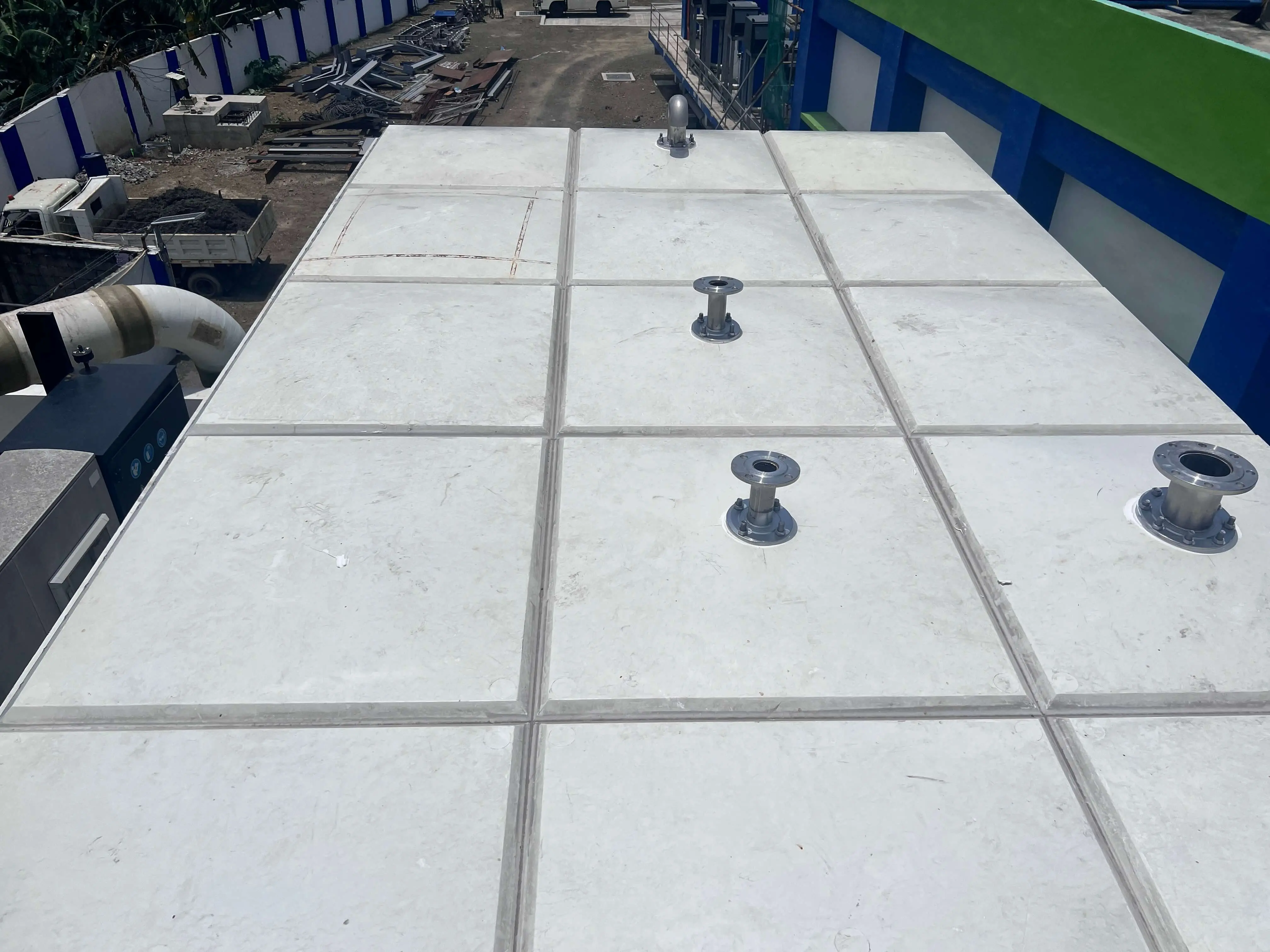
Step-by-Step: How Does GRP Tank Installation Work On-Site?
Installing a GRP tank involves a well-planned process to guarantee longevity and safety. Here’s a typical workflow that Ugandan industrial buyers can expect:
1. Site Preparation and Foundation Work
-
Assess the installation location (roof, ground, basement) for stability and access.
-
Build a flat, level concrete foundation or reinforced base.
-
Ensure good drainage and access for maintenance.
2. Panel Delivery and Inspection
-
GRP panels arrive flat-packed for easy transport.
-
Inspect all panels and fittings for any damage or defects before assembly.
3. Assembly of Modular Panels
-
Panels are bolted together onsite in the exact sequence.
-
Silicone or resin sealants are applied between panels to ensure leak-proof joints.
-
Install inlets, outlets, vents, and overflow systems as per design.
4. Quality Checks and Leak Testing
-
Perform pressure and water tightness tests after assembly.
-
Check all seals and joints carefully.
-
Correct any leaks immediately before filling.
5. Tank Filling and Commissioning
-
Slowly fill the tank with water while monitoring structural behavior.
-
Connect to pump systems, pipes, or filtration units as needed.
-
Final inspection and handover to client.
Key Considerations for Uganda-Based Installations
-
Climate Adaptation: Use UV-resistant coatings to protect tanks from Uganda’s equatorial sun.
-
Transport Logistics: Flat-pack panels reduce transport cost and risk in remote or rough terrain.
-
Skilled Labor: Employ trained technicians familiar with GRP installation standards.
-
Compliance:Follow local water and safety regulations for potable and Fire Water Tanks.
-
Maintenance Access: Plan for easy inspection and cleaning routes.
Benefits of On-Site GRP Tank Assembly for Ugandan Businesses
-
Cost-Effective Shipping: Panels are compact and light, reducing freight expenses.
-
Customizable Sizing: Modular design adapts to specific volume needs and site constraints.
-
Fast Installation: Assembly usually takes days, not weeks, minimizing project delays.
-
Long-Term Durability: Proper installation preserves tank lifespan of 25+ years.
-
Versatility: Suitable for rooftops, ground level, and confined spaces.
Installation Success Starts With Understanding
Knowing how Grp Water Tanks are installed on-site empowers Ugandan pump suppliers, fire contractors, irrigation firms, water utilities, purifier dealers, and pipe distributors to plan better, budget smarter, and execute installations that last decades.
A smooth, quality installation leads to fewer leaks, lower maintenance costs, and reliable water storage—key for Uganda’s growing industrial and municipal water demands.
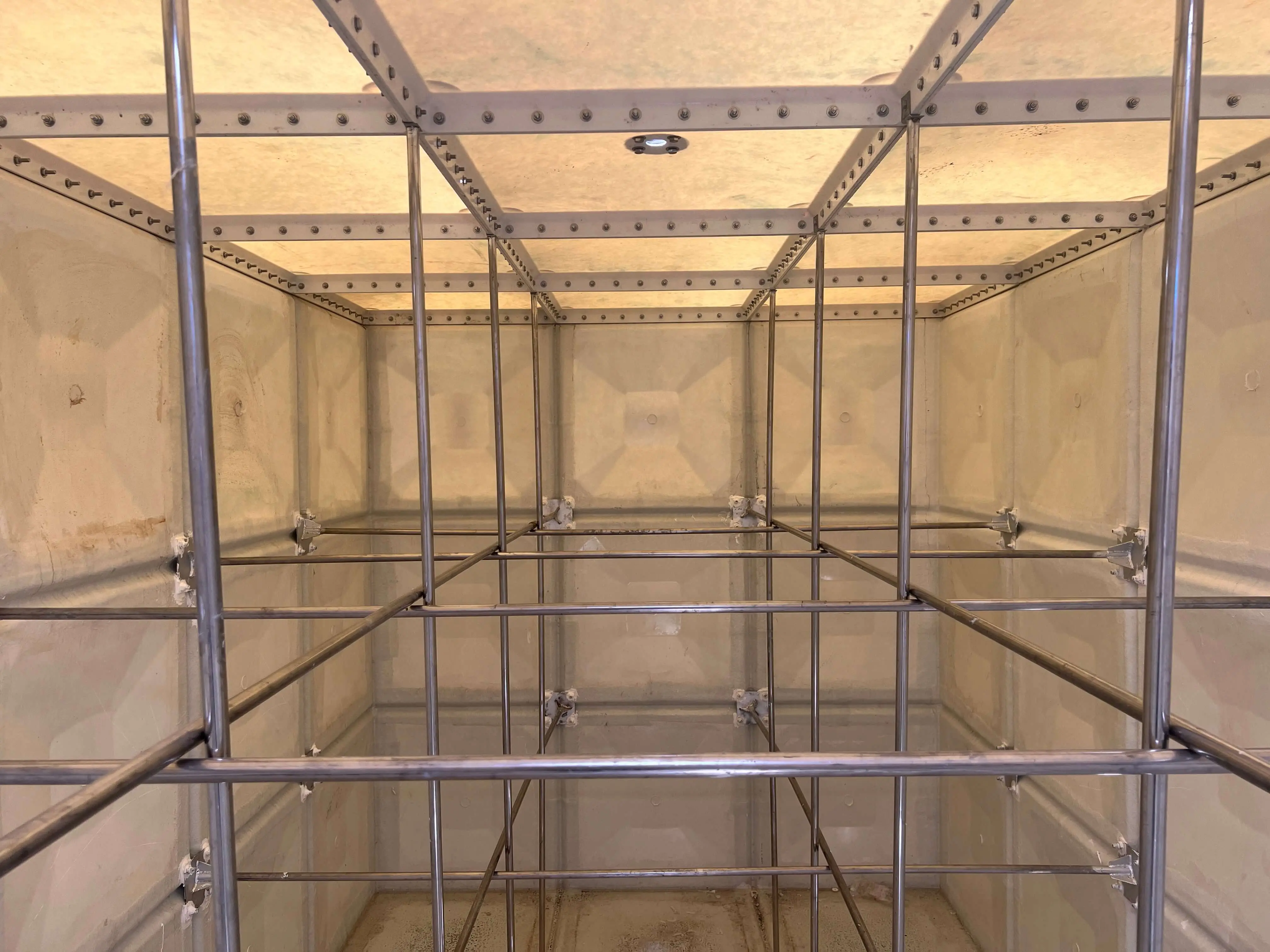
FAQ: Your Top Questions on GRP Tank Installation in Uganda
Q1: How long does GRP tank installation take on-site?
Installation typically takes 3–7 days depending on tank size and site conditions.
Q2: Can GRP tanks be installed on rooftops in Uganda?
Yes, their lightweight design makes rooftop installation safe and practical with proper structural assessment.
Q3: What maintenance is required after installation?
Regular inspections for leaks, cleaning every 12-18 months, and checking seals ensure longevity.
Q4: Are there specific regulations in Uganda for GRP tank installations?
Yes, installations should comply with Ugandan water safety and fire protection standards; working with certified installers is recommended.






